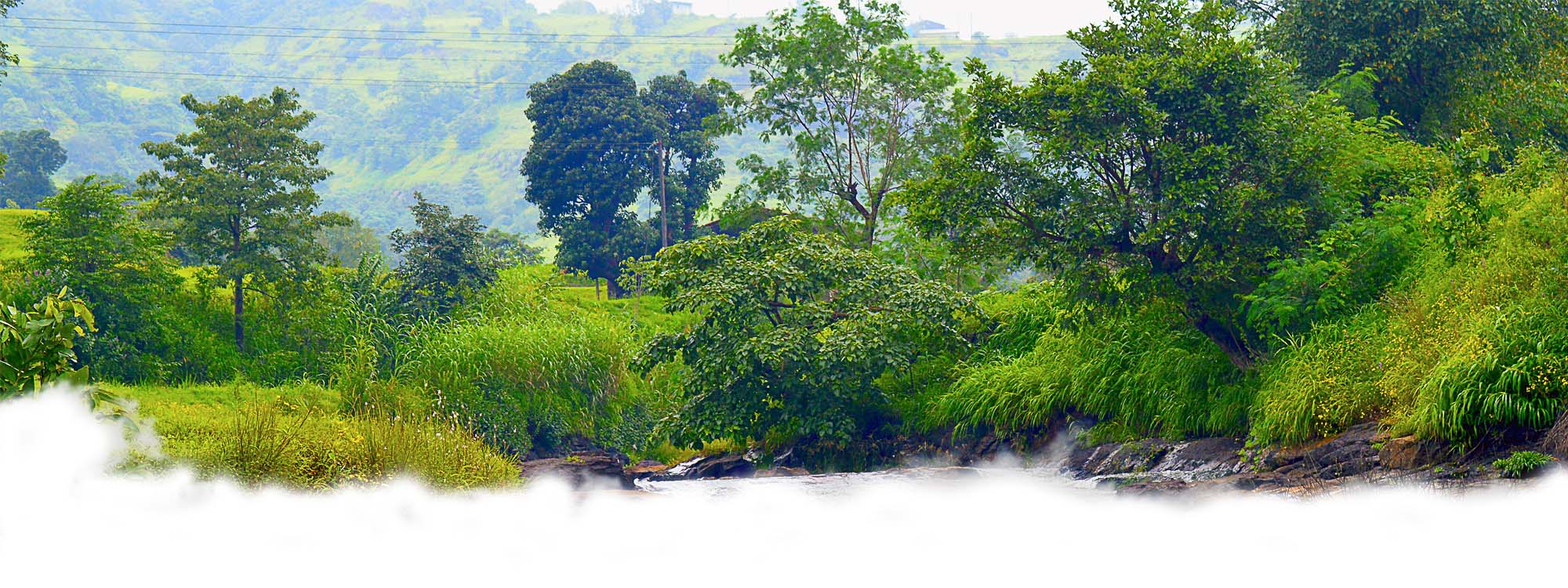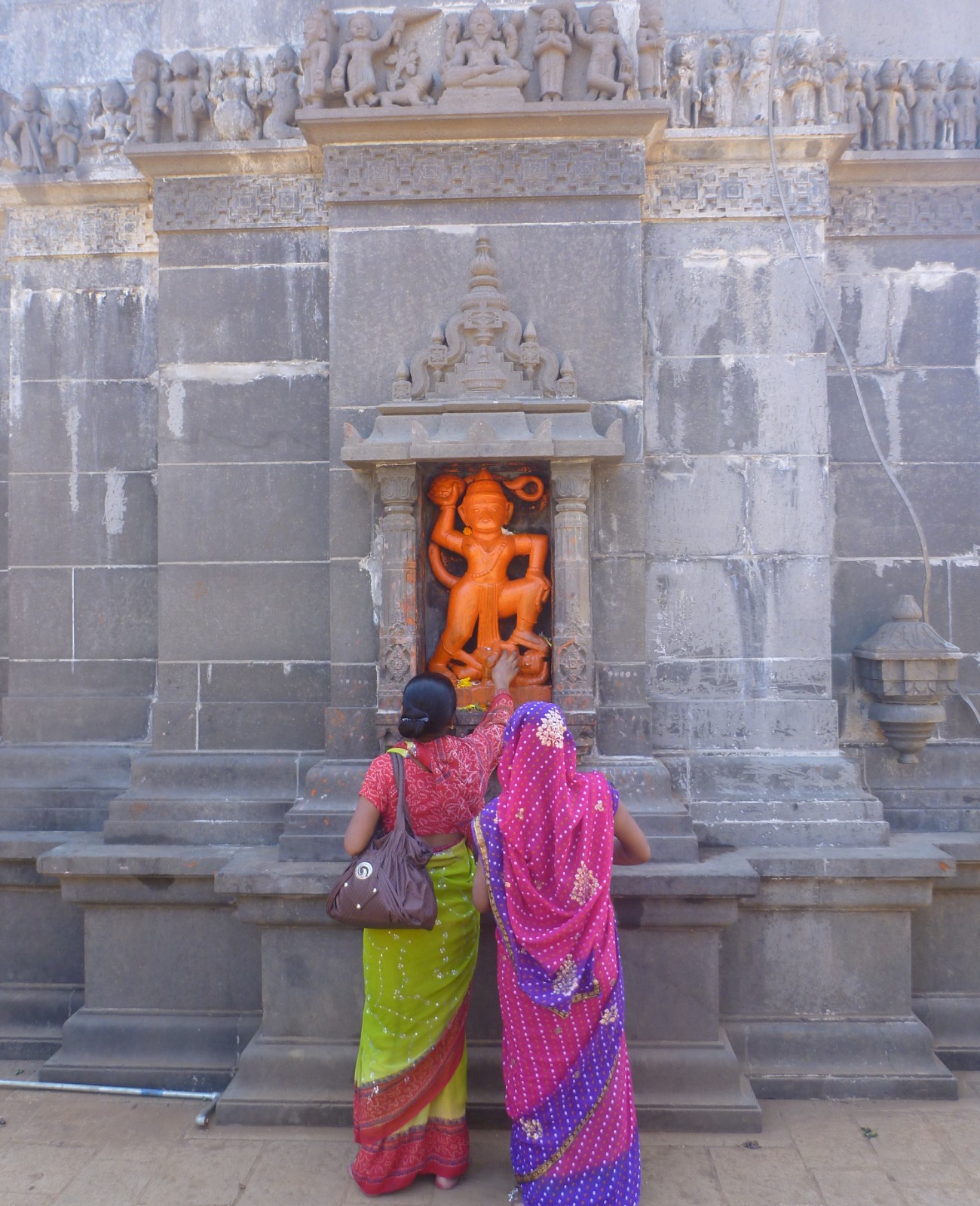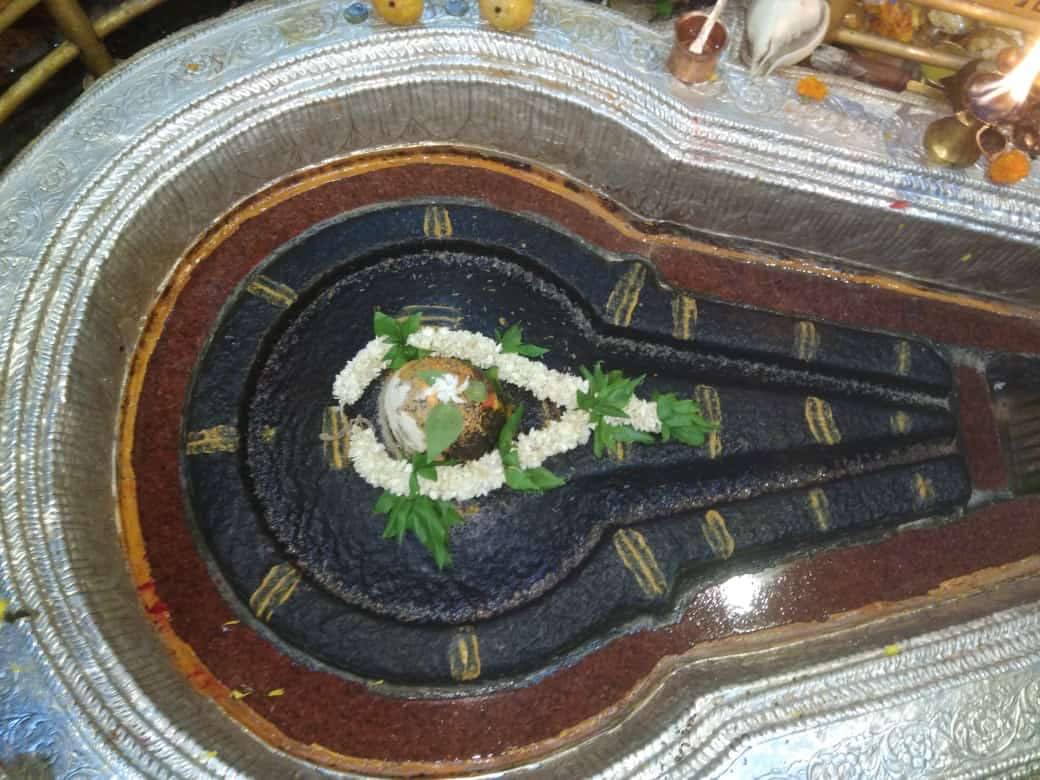
Bhimashankar Temple
Miles away from the urban lifestyle, Bhimshankar is not just a pilgrimage site but also a heavenly escape into nature’s paradise. The ancient Shiva temple is home to the sixth Shivliinga among the 12 self-emanated Jyotirlingas of Mahadev.
History Behind the Bhimashankar Temple
There are many stories associated with the Bhimshankar temple that find mention in Hindu mythological texts. According to one such legend, in the Treta Yuga, Kumbhkaran (brother of the evil King Ravana in Ramayana) had a son named Bhima who wanted to take revenge for his father’s death at the hands of Lord Rama.
Fueled by revenge, Bhima started penance in the worship of Lord Brahma, the creator god, and received a boon of extreme power from him. After receiving so much power, Bhima became even more arrogant. And he threatened the then king Kamarupehsvar to stop worshipping Lord Shiva.
When the king denied, Bhima held him captive, but the king continued his worship even in prison and made a Shivlinga there. Blinded by power, Bhima tried to destroy the Shivlinga with his sword, but Lord Shiva appeared at the site and killed him to save the innocent king. After that, all Gods appeared there and requested Shiva to stay in the place as a Jyotirlinga, which came to be known as Bhimshankar Jyotirlinga.
Another legend goes that a demon called Tripurasura had started harassing innocent people after receiving a boon of immortality from Shiva. To kill the demon, Shiva asked Paravati, his wife, to help him, and together in the form of Ardhanarishvara, they killed the demon and restored peace on the land. In the memory of this incident, this shrine came into existence.

The Birth of the Temple
The temple is situated at the extreme edge of the Sahyadri mountain range as if the Lord himself is keeping a vigil over the mountains. The forest area surrounding the temple is rich with various species of flora and fauna. The temple has a blend of ancient style architecture and the modern Nagara style which adds to its splendid visuals. Being in the embrace of lush greenery, lofty mountains, and shimmering waters of river Bhima, the temple is fancied by religious souls and thrill-seekers alike.
Bhimshankar shrine is of extreme importance to Shaivik community as it is one of the 12 Maha Jyotirlingas of Lord Shiva. Jyotirlingas are places where Lord Shiva appeared as a fiery pillar of light out of another infinite column (signifying his eternal nature). The Bhimshankar shrine marked the victory of undying faith over arrogance, and thus, anyone who visits the shrine with a pure heart is known to get rid of all mental impurities.
A great Hindu sage, Kaushika Maha Muni, is believed to have done extreme Tapasya (penance) in the temple. There is a pond called Mokshakund Teertha just behind the Bhimshankar temple where he took a holy bath. Saint Jnaneshwar, a Marathi philosopher and yogi, is also said to have visited the Bhimshankar temple.
Architectural Significance
The temple is located at an altitude of 1034 feet and offers a sparkling view of the virgin wilderness spread around the area. Bhimshankar temple has a mix of Indo-Aryan and Nagara style of architecture. The temple features huge court spaces, intricate carvings on walls, and colossal pillars. It is a testimony to the architectural excellence of the ancient Vishwakarma sculptors. You will also notice some exquisite Buddha-style Amba-Ambika carvings inside the temple.
The sanctum of the temple, called Garbhgriha, has been constructed at a lower level inside which the sacred Jyotirlinga is present. The Swayambhoo or self-emanated Shiv Linga is precisely in the center of the floor of the Sanctum Sanctorum. The massive pillars and doorframes of the temple are awash with exquisite mythological carvings of divine figures and holy symbols. One can also notice some popular scenes from Hindu mythology captured in these beautiful carvings.
The temple also houses an ancient shrine of Lord Shani which is considered very auspicious by the devotees. The statue of Nandi, the revered bull who’s the vehicle of Shiva, is present right at the entrance of the temple. In the vicinity of the temple, you will find a lot of Kunds (ponds) namely the Mokshakunda Teertha, the Saravateerth, the Kusharanya Teertha, and the Jyanakunda.
There is no clear evidence of who built the temple initially, but researchers and literary sources claim that the temple structure is at least 800 years old and dates back to the early 13th century. In 1437 AD, a Pune-based Sahukar (trader) called Chimaji Antanji Nayik Bhinde built a court hall in the temple.
However, some parts of the temple were renovated later on during Maratha reign in the 18th century. It is said that Nana Phadnavis, a powerful politician in the Peshwa era, built the Sabhamandap and the Shikhara of the temple that reflec modern architectural style prevalent in that period. The great Maratha king Chhatrapati Shivaji also made endowments to the Bhimshankar temple to facilitate the daily rituals and ceremonies.
Many historical figures like Chhatrapati Shivaji, Rajaram Maharaj, and Peshwa Balaji Vishwanath have visited this sacred shrine of Lord Shiva. Other Peshwa rulers like Dikshit Patwardhan and Raghunath Rao also contributed to major renovations in the temple. The state government of Maharashtra recognized the temple region as Bhimshankar Wildlife Sanctuary under the Wildlife Protection Act 1972. The Bhimshankar temple is currently under the administration of the Pune Municipal Corporation and Maharashtra Government.

Poojas and Ceremonies
Several rituals and ceremonies are held in the temple on a daily basis in which thousands of visitors take part. Devotees can offer garlands and touch the main idol during the rituals. The bookings happen in the early morning aarti called Akada Aarti which happens around 4:30 am. The shiv linga is only visible during the morning aarti and covered with silver clothing during the entire day.
A Madhyayan Aarti happens at 3:00 pm, which is followed by a Shringar Darshan from 4:00 pm to 9:30 pm during which no Abhishek (consecration) is allowed.
Bhimshankar temple witnesses joyous celebrations of auspicious Hindu festivals throughout the year.
Devotees believe that there is an eternal presence of Lord Shiva and Goddess Parvati in and around the temple premises. Many devotees claim that Lord Shiva and Parvati themselves appear in human avatars to help those in need.
According to one story, a man was trekking to have a Darshan of Lord Shiva in Bhimshankar but got lost in the woods. Even after trying for several hours, he couldn’t find his way out of the dense forest area. But he kept his faith and started praying to Mahadev to help him out. Sometime later, a local farmer and his wife found him in the jungle and offered to help. The couple provided food and shelter to the visitor and showed him the way to the temple. But the devotee mysteriously didn’t find them at the place on his way back. He claimed that it was none other than Lord Shiva and Parvati who sent someone to help him that day.
Guptakashi "Hidden" Shivalinga
Though it is believed that the river Bhima originates from Lord Shiva’s Linga at Bhimashankar, yet it again hides herself from our view to resurface again to the east in the jungle at the distance of about 4-5 kms from the temple. This place is called as ‘Gupta (Hidden) Bhimashankar’. While circumambulating the temple from the left side, we can see a narrow corridor that leads to this place.

